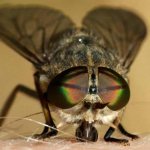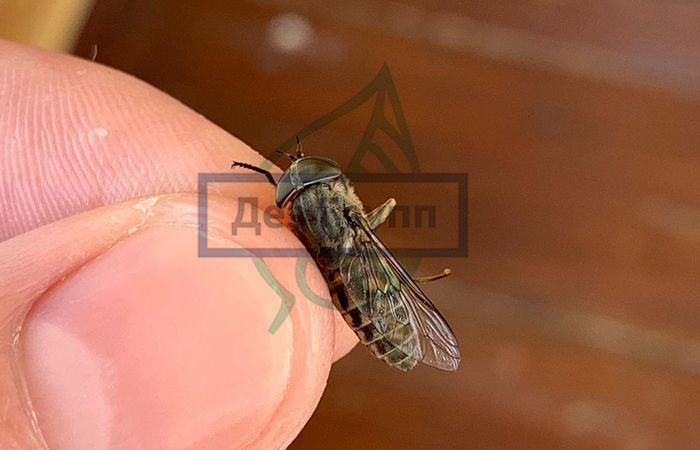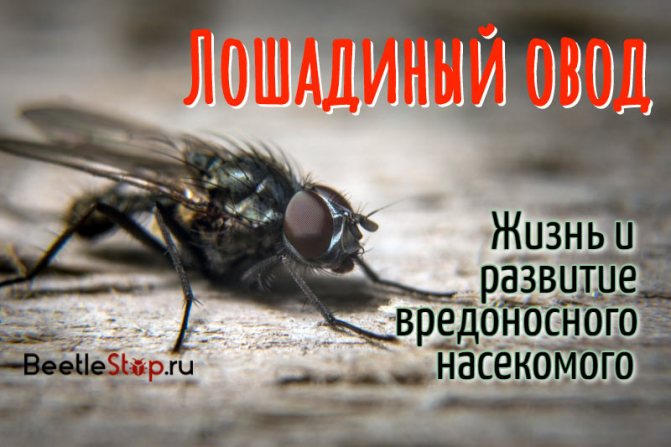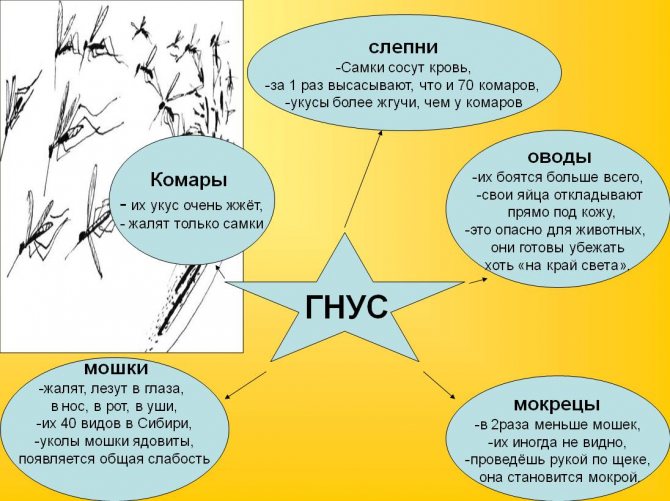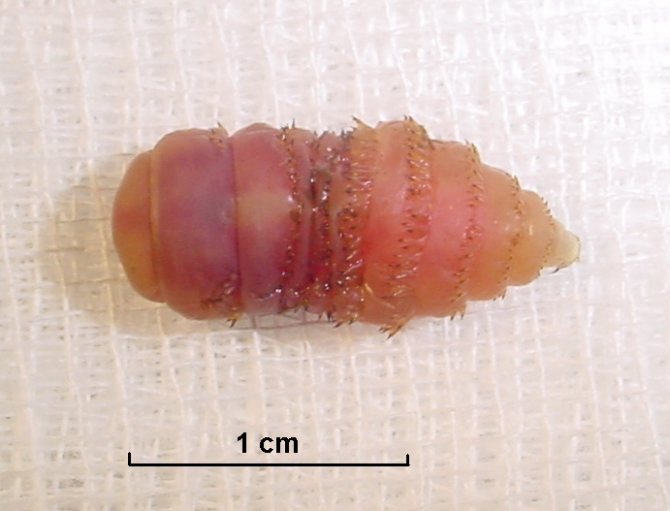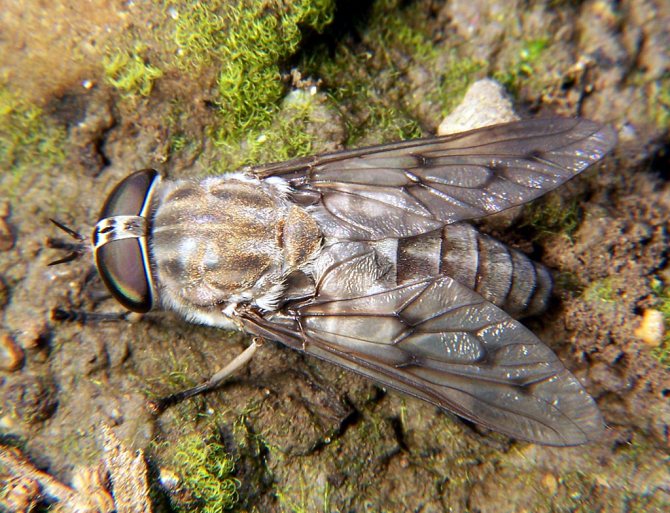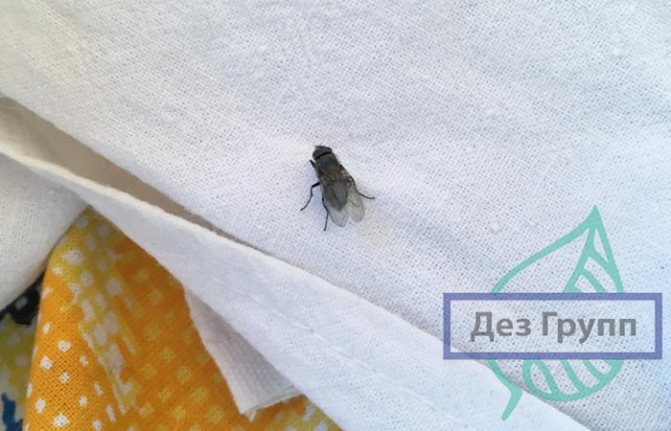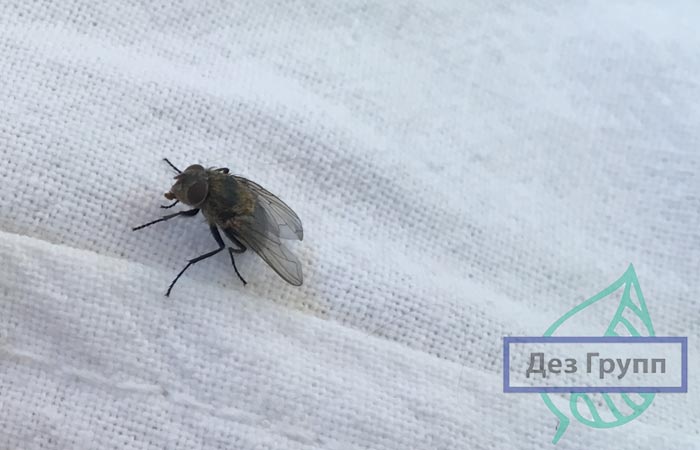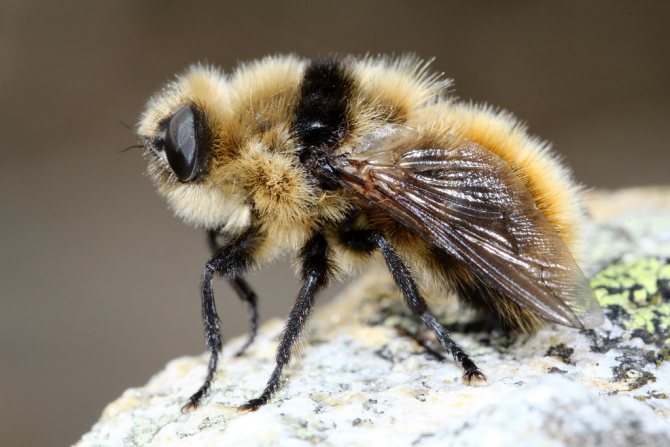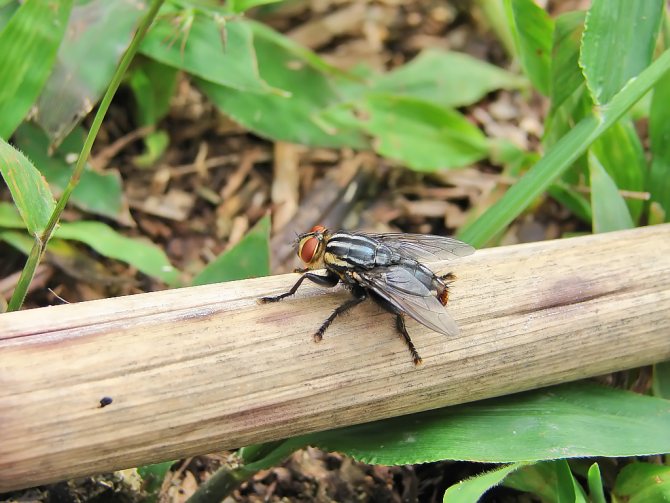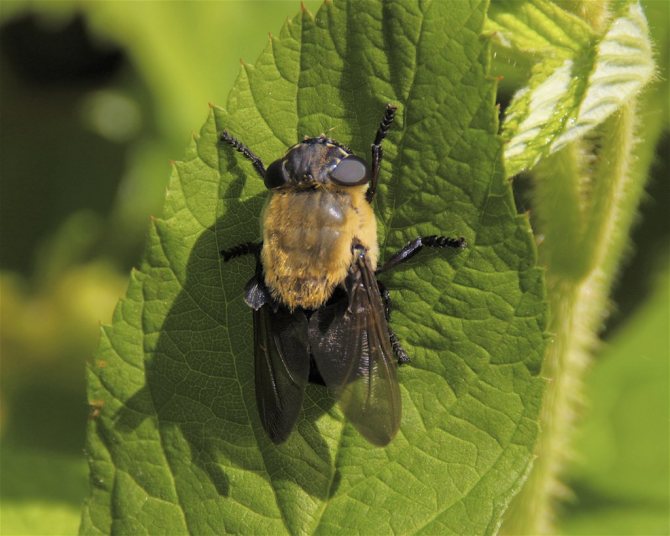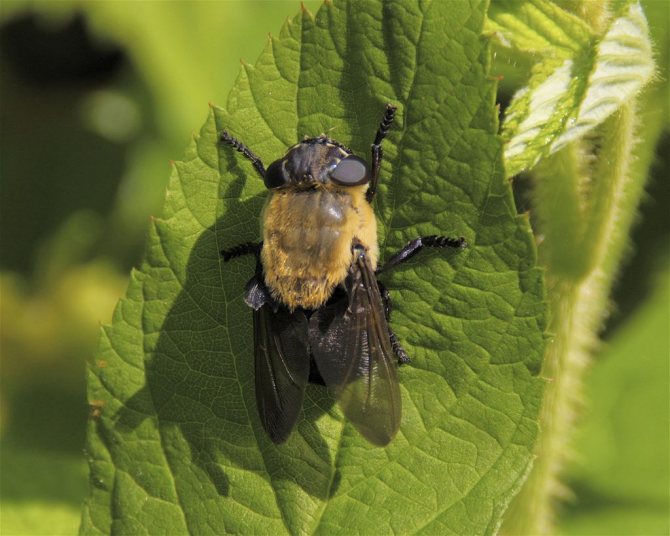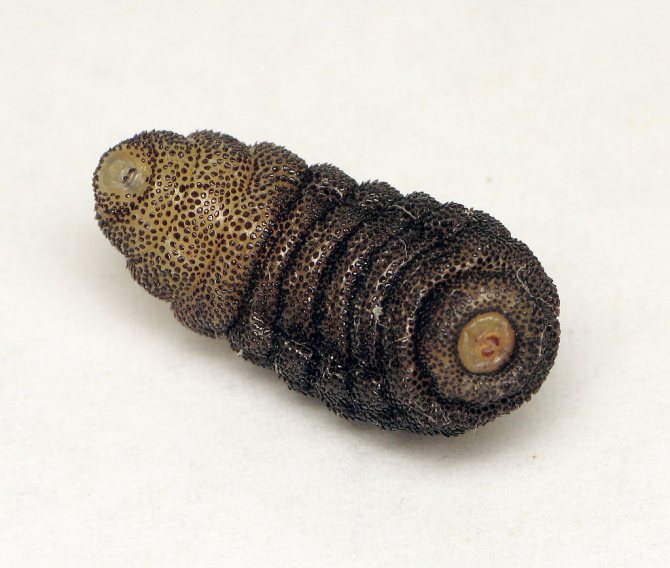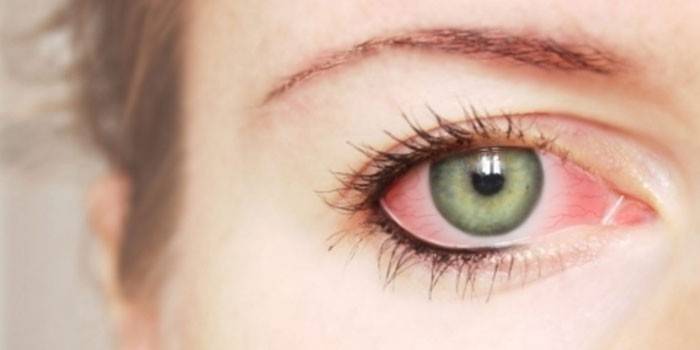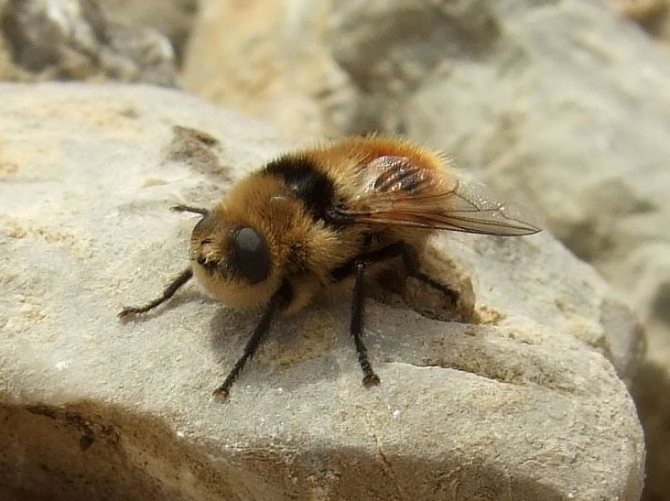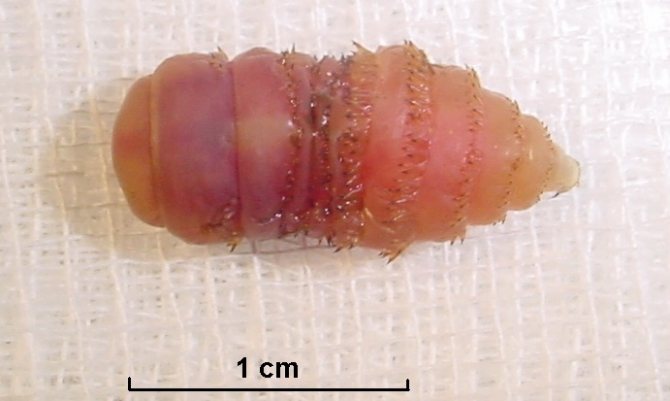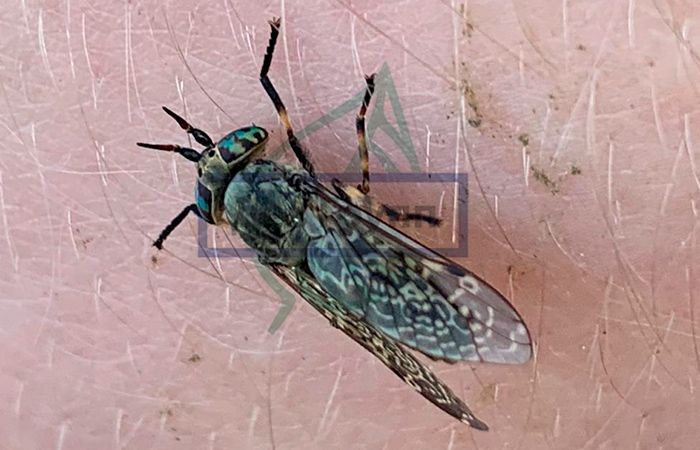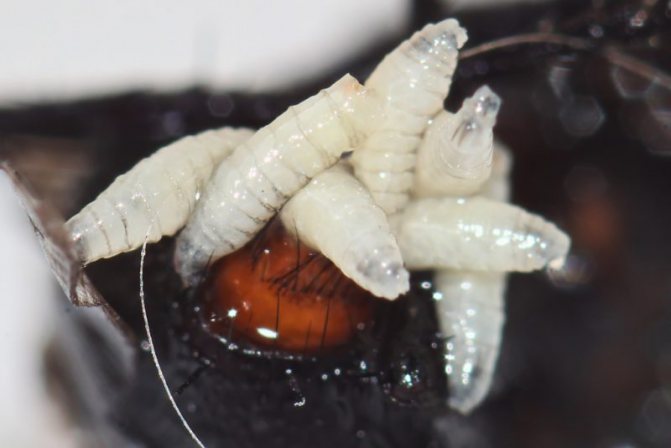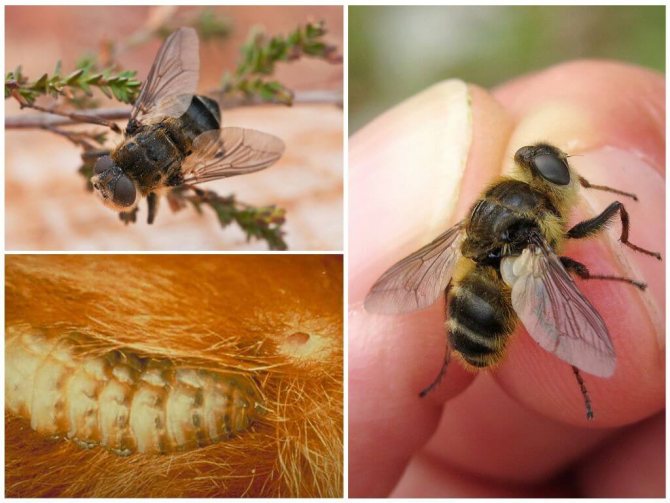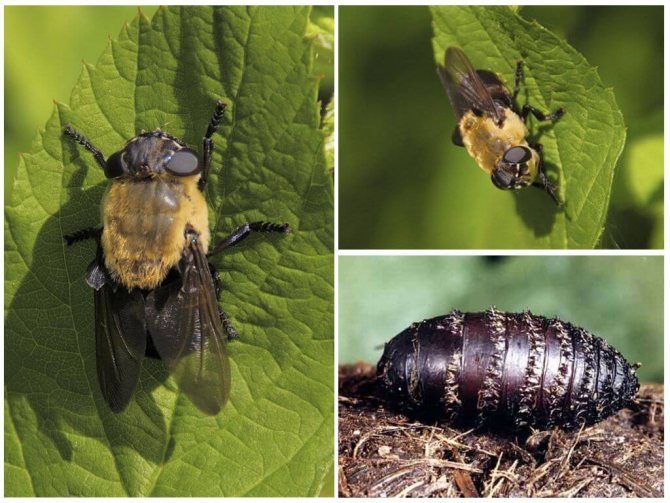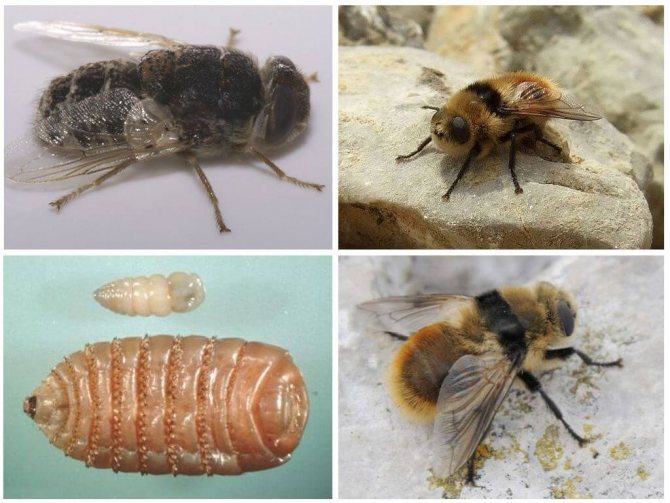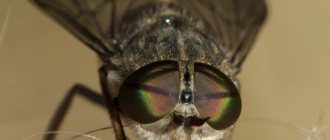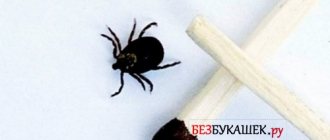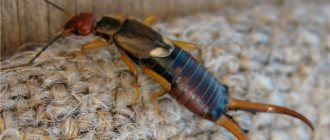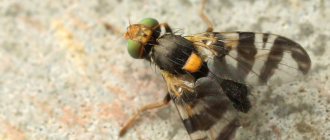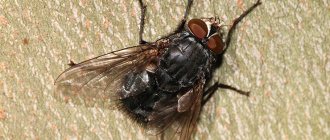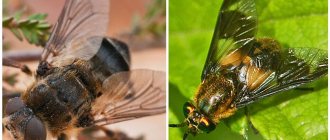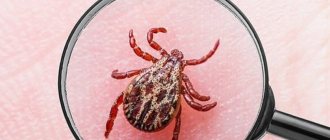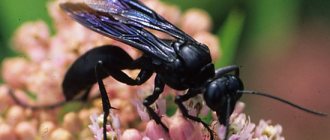Gadflies are quite dangerous parasitic insects that do great harm to livestock. People often suffer from them. Indeed, when infected by the larvae of these insects from the order of Diptera, the human body is deprived of many useful substances. Well, the long stay of these parasites threatens the development of the strongest allergic reactions and complex diseases.
At the same time, gadflies are not some specific biological species, but the collective name of all flies that lay their larvae in mammals. Are these insects very different from each other? In fact, yes. Therefore, we decided to talk about the most common families of gadflies.
Development phases
Gadflies are insects with a full course of a closed transformation chain: egg-larva-pupa-imago. The entire cycle manages to go through and complete the stages within one year.
The eggs are laid by the female gadfly in certain places on the body of the animal.
Larvae
In the first stage, the larvae form and develop within 7 days at optimal
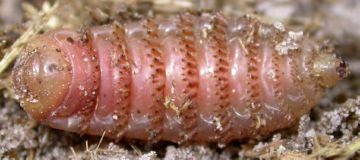
temperature for development is about 30 degrees. In such a warm atmosphere, all the deposited larvae will mature in 3 days and move further under the skin of the animal.
The second stage larvae migrate from the esophagus and spinal canal to the back, where they form into connective tissue capsules. To develop, they now require oxygen supply, and they form fistulous holes in the skin of the animal's back. Then they have a kind of molt and transition to the third stage.
Pupae
The larvae of the third stage begin to pupate in the first half of the day. The larvae that have fallen out of the body of livestock are still inactive and they have 2 to 7 days for the pupation phase. The pupa develops within a month on average.
Extracts of the midgut from stage I larvae (subspecies line and esophagus) are characterized by a strong dermatolytic property, which facilitates penetration through the skin of animals.
Adults
An adult can do without food at all, but the larvae, which it lays under the skin of mammals, absorb food in huge quantities. Gadfly larvae parasitize the digestive system of animals, can settle in the pharynx and nose, and develop subcutaneously.
Structure
Large flies, with a fleshy proboscis, inside which there are hard and sharp stabbing and cutting stilettos; palps clear, with swollen terminal segment hanging in front of proboscis; antennae are four-segmented, protruding anteriorly; in front of halteres, fully developed wing scales; the eyes are huge, in stripes and spots of iridescent colors; the mouthparts consist of the mandibles, jaws, upper lip and pharyngeal cavity; lower lip with wide lobes.
In horseflies, sexual dimorphism is observed - in appearance, a female can be distinguished from a male. In females, the eyes are separated by a frontal stripe; in males, the distance between the eyes is almost invisible, and the abdomen is pointed at the end.
Horseflies' eggs are elongated, gray, brown or black. The larvae are most often light, fusiform, devoid of limbs. Pupae slightly resemble a butterfly pupa.
Subcutaneous migration routes of larvae
Researchers believe that string larvae (stage 1) after piercing through the skin
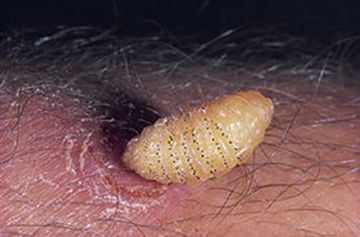

animals move along the vessels and nerve endings, looking for a way to the spine, then through the holes between the vertebrae they enter the adipose tissue of the spinal canal. The larvae of the esophagus (stage 1) move towards the esophagus and settle in its submucosal layer.
Locally affecting the esophagus and spinal canals, gadflies change the duration of their stay in the animal's body every year in different ways, it depends on the time of flight. The larvae grow up, eating animals from the inside, from 1.5 to 17 mm.
Description and features
Of all the types of gadflies, only one can harm a person - the human gadfly Dermatobia hominis. He deliberately attacks a person in order to postpone the larva. Its habitat is considered to be the forests of Argentina, Mexico and other countries of South and Central America.
Interesting! The appearance of a human gadfly resembles a fly. Its body is colored black, its head is yellow, and its legs are orange. The insect has huge eyes and grows up to 18 mm in length. Once in the human body, the gadfly larvae cause serious ailments and malfunctions in the body. And the most dangerous bite site is the head. From here, the larva moves into the mucous membrane of the eyes, which in the future can lead to loss of vision.
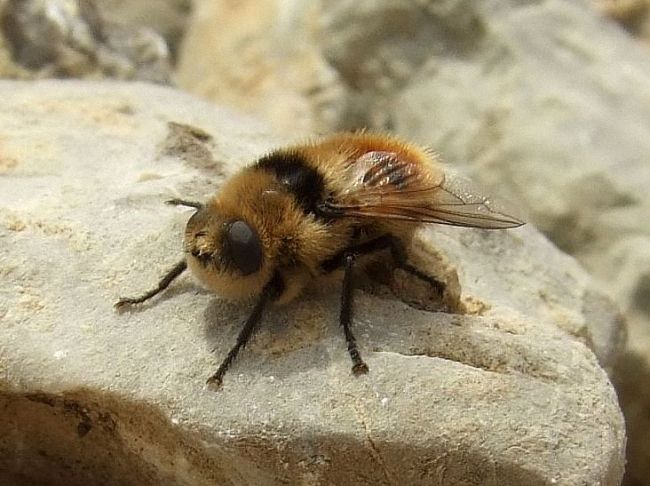

The gadfly insect has a hairy body, large iridescent eyes and translucent mesh wings. Its color depends on the habitat. So, insects of northern latitudes have dark blue, gray, brown colors, and the inhabitants of the southern hemisphere and the tropics resemble small bumblebees due to their orange-black stripes. Gadflies live on almost the entire planet, with the exception of snow-covered Antarctica. But most often found in areas of warm temperate climates.
Interesting! The gadfly is considered one of the fastest insects in the world. Its acceleration speed reaches up to 140 km / h, which is comparable to the speed of a dragonfly.
A feature of this insect is a dangerous breeding method. Indeed, he uses the bodies of animals and humans to lay the larvae. If you are lucky and the gadfly does not leave the larva, then, at best, an allergic reaction will form at the site of the bite. However, most often in such cases, surgical intervention is required.
Types of gadflies by type of animal and organ of parasitism
It is in the place where the larvae parasitize that the types of gadfly differ.
Gadflies are skin, cavity, stomach.
Cutaneous
The skin gadfly (species Hypoderma bovis) has the second name bovine gadfly. Its female is able to glue the laid eggs to the hairline on the legs of cattle. Larva,
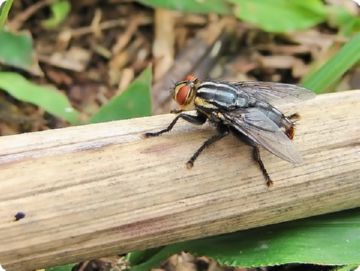

being in the immediate vicinity of the skin, coming out of the shell of the egg, it bites through the skin, makes a move under it and goes to the tissues of the esophagus.
Further to the tissues of the back and appears there in the form of large painful nodules. These sores are then opened, and in each there is a spiracle of the larva. Having fed on the tissues of the animal, the matured larvae fall out of the nodules onto the ground, and pupate there. Over time, the pupa makes it possible for an adult large insect to appear, and the chain of development repeats again.
In addition to the endless pain delivered to the animal, the larvae completely devalue the skin of the livestock, since it turns out to be perforated through and through.
If the animal somehow crushed the larva under the skin, then disease (Rosenfieber) and even shock may develop due to anaphylaxis.
It is known about cases of parasitism of the gadfly Hypoderma bovis in humans. 2nd and 3rd stage larvae have been identified under the skin and even in the human eye.
Cavity
Among the caval gadflies, the sheep gadfly (the Latin name Oestrus ovis) is known, which has a peculiar life cycle, similar to Rhinoestrus purpureus.
In sheep, this parasitic gadfly destroys the ethmoid bone and causes cerebral pressure in the membranes.
The gadfly oestrus ovis was detected when deposited in the human eye.
The laid larva feeds on soft internal tissues for three to nine months.
For example, on the deer of northern latitudes, a gadfly called the northern podderzhik parasitizes. The invasion of gadflies on deer is accompanied by a massive deposition of larvae, and at the moment of piercing the skin, the animals are simply exhausted, the weak even die.
Gastric
Gadflies, which are "practiced" on the digestive system, lay their eggs in such a way to get into their mouth, and then further into the stomach, where they are especially comfortable to develop.
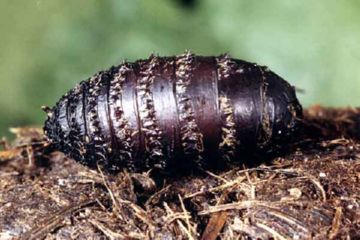

There are known types of so-called nasopharyngeal gadflies, which get inside the animal through the nostrils. Many species of parasitic gadflies do not care which animal to cling to and settle in, but there are also selective species. The same sulfuric gadfly is interested in deer, the sheep gadfly chooses sheep, the hook gadfly chooses horses or donkeys.
The gastric gadfly (Latin name Gasterophilidae) is a family of gadflies that parasitize domestic animals and humans (in the state of a larva). Equine gadfly (Latin name Gasterophilus intestinalis) up to 16 mm in size is one of the most common species.
What does a gadfly look like?
Adult insects infect animals and humans, giving rise to a larval problem. Knowing what a gadfly looks like, you will be able to take the necessary measures in time against flying individuals that carry eggs.
- The body size of an adult varies between 1-3 centimeters, depending on the species.
- The body is covered with tough, dark hairs.
- The color is dirty brown, dark brown, black, dark gray, or it can mimic the color of bees, but in slightly paler colors.
- On the head are large, in relation to the size of the body, eyes.
- The insect has 6 legs.
- The wings are transparent, can be grayish, slightly longer than the body.
- On close inspection, the head reveals church-like jaws.
This description applies to all four considered species of gadflies. Of course, each of them has additional external features, such as a different number of hairs on the legs, however, this information does not play a role in the context of the fight against these parasites. It is possible to destroy horse, bovine, abdominal sheep and Russian gadflies in the same ways.
Years
The timing of the start of flight and its duration depend entirely on the region of residence of the individuals. Longer flight in warm zones, less in northern latitudes.
Fighting gadflies may consist in preventive measures: good care, nutrition, timely cleaning of cattle skin from adhered pest eggs.
Vlasoid is a microscopic mite that feeds on hair and keratinized areas of animal skin. If strange growths have appeared on your lemon, then you should know - this is a scale insect. How to get rid of it, read here.
Deacarization of premises will help get rid of such dangerous parasites as ticks. Read about safety measures during this procedure in the article at the link.
Establishing a diagnosis
If a person suspects he is infected, he should seek help from a good parasitologist, or from an infectious disease specialist.


The doctor directs the patient for a blood test, during which the amount of antibodies is detected. The specialist undertakes to ask his client about whether he has been to African countries, or other places where the terrible gadfly lives.
A visual inspection is mandatory. If infection has occurred, an abscess forms on the cover, which has a fairly large hole.
Inspection is carried out using a special magnifying glass.
First aid for a bite
Immediately after the detection of the bite, the affected area is washed with soap and water. To remove dirt, drop a small amount of hydrogen peroxide onto the hearth.If pain occurs, pain reliever may be taken. Since the bite is uncomfortable and can cause swelling, antihistamines are taken to keep the infection from spreading.
Observe the bite site for several days. The best option is to visit a doctor, since gadflies are carriers of dangerous infections.
You can prevent bites by using repellents and protective clothing. Doctors recommend not to rest in places where gadflies live in large numbers. The risk of infection increases when visiting America, Mexico, Argentina. In these cases, it is imperative to use the most reliable repellents.
Thus, the fly can lay eggs on the body in different places. The larva becomes a source of pain and the cause of intoxication of the body, it can lead to superinfection or blood poisoning. However, such problems are often avoided.
Symptoms when a parasite is found under the skin: what are they?
The gadfly larva in a person can be anywhere. For example, it can be found on the arm, and on the chest, and on the leg, and even on the head. But their most favorite habitats are the armpits and back. It also happens that the gadfly larva in the body is in the nose or eye.
As a rule, at first, a person does not experience any complications or discomfort. In the place where the parasite entered, a small bump appears, resembling a mosquito bite. After a certain amount of time has passed, this area begins to hurt and become inflamed. Then it turns blue or red. Then an abscess is formed, which is opened. Thus, for the gadfly larva, a kind of hole is formed under the human skin through which the parasite breathes. As soon as the inflamed area is opened, pus begins to stand out from it.
After this, the person's condition begins to deteriorate sharply. Nausea or vomiting, weakness and dizziness, muscle pain are the main symptoms of the gadfly larva entering the body. In the area where there is inflammation, the patient may feel something moving.
When these harmful parasites enter the eyes, irritation of the mucous membrane is felt and the pressure in the eye increases. There is constant lacrimation. In addition, pain and bleeding can accompany all of these symptoms.
The penetration of larvae into the vitreous humor of the eyeball is very dangerous. Then a person can lose sight altogether.
When the parasite is in the body, the following symptoms are present:
- headache;
- deterioration of smell;
- swelling of the nose;
- painful sensations at the location of the larva.
Surprisingly, these harmful microorganisms can crawl out through the nostril.
Surgical intervention
Surgery is necessarily carried out in the most sterile conditions. The affected area is carefully treated with an antiseptic. It is allowed to use potassium permanganate, or iodine.
In order to block the access of air to the parasite, a small amount of sterile oil is dripped onto the skin. When the parasite feels threatened, it will begin to get out of its host's body on its own. The doctor can "help" him by "armed" with a special clamp or tweezers.
Then the specialist carefully processes the wound and makes a sterile dressing. In order to relieve inflammation, the patient is prescribed a course of antibiotics.
You cannot try to open the abscess and pull out the larva yourself - this can lead to catastrophic consequences. In the best case, the inflammation recurs, in the worst case, the patient will get blood poisoning.
When the wound is healed, the use of special oils, creams and ointments is allowed.

